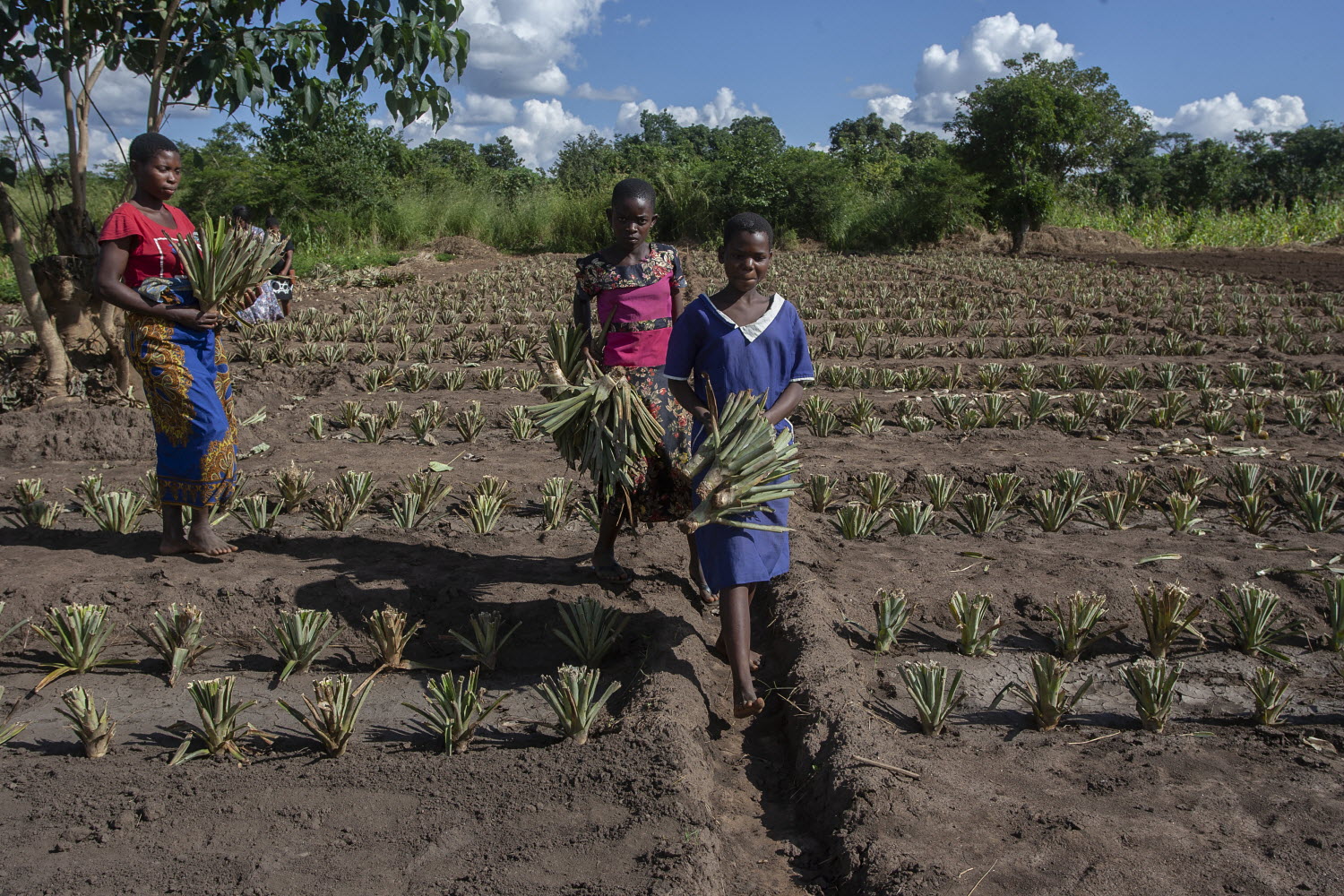
Botswana Sustainable Miombo-Mopane Landscape Management Project
Country Overview
Approximately 50% of Botswana’s forests are affected by land degradation. There are multiple drivers including unsustainable grazing, cultivation, fuel-wood and NTFPs harvest, and uncontrolled fires. Botswana has a substantial baseline upon which to build. The country has a comprehensive set of laws and policies. This includes a relatively new Town and Country Planning Act (2013) that provides the legal framework for the establishment of comprehensive land use planning. Implementation of the enabling environment is upheld by extensive and fairly well-funded government agencies at both national and district levels. With the support of FAO, the country intends to have Land Degradation Neutrality (LDN) targets in place by July 2021 with the support of FAO through the “National Land Degradation Assessment, Monitoring and Restoration Project.”
How does the DSL-IP support Botswana?
The project aims to promote the integrated management of Miombo and Mopane landscapes in Chobe and Tutume-Mosetse sub-basins through the implementation of SLM and SFM interventions designed to achieve LDN targets. The project will apply incremental financing from GEF resources to catalyze comprehensive capacity enhancement efforts and tools required to address fundamental barriers.
Despite this reasonably strong baseline, the country continues to face degradation challenges. Three barriers currently inhibit the successful realization of sustainable land and forest management and the achievement of associated LDN targets.
- Barrier One: Land and resource planning, management and governance challenges
- Barrier Two: Sustainable production experience and capacity challenges
- Barrier Three: Coordinated knowledge management and impact monitoring challenges
The project will achieve its objective through three integrated components:
- Component 1: Strengthening the enabling environment for the sustainable management of the targeted Mopane and Miombo ecoregion of Botswana
- Component 2: Scaling up SLM and SFM best practices at the landscape level and with a transboundary focus to benefit people and ecosystems
- Component 3: Effective knowledge management, monitoring, and linkages with other Miombo and Mopane countries under the SFM DSL IP
The Global Environment Facility (GEF) allocated a budget of $5 354 587, plus additional $71 496 361.
Project’s Target Contributions to GEF-7 Core Indicators
| Nr Core indicators | Project Core Indicators | Expected Results |
| 3 | Area of land restored (hectares) | 20 000 |
| 4 | Area of landscapes under improved practices (excluding protected areas) (in hectares) | 545 000 |
| Total area under improved management | 565 000 | |
| 6 | Greenhous Gas Emissions Mitigated (metric tons of CO2e) | 637 745 tCO2eq |
| 11 | Number of direct beneficiaries disaggregated by gender as co-benefit of GEF investment | 17 900 (55% female) |
